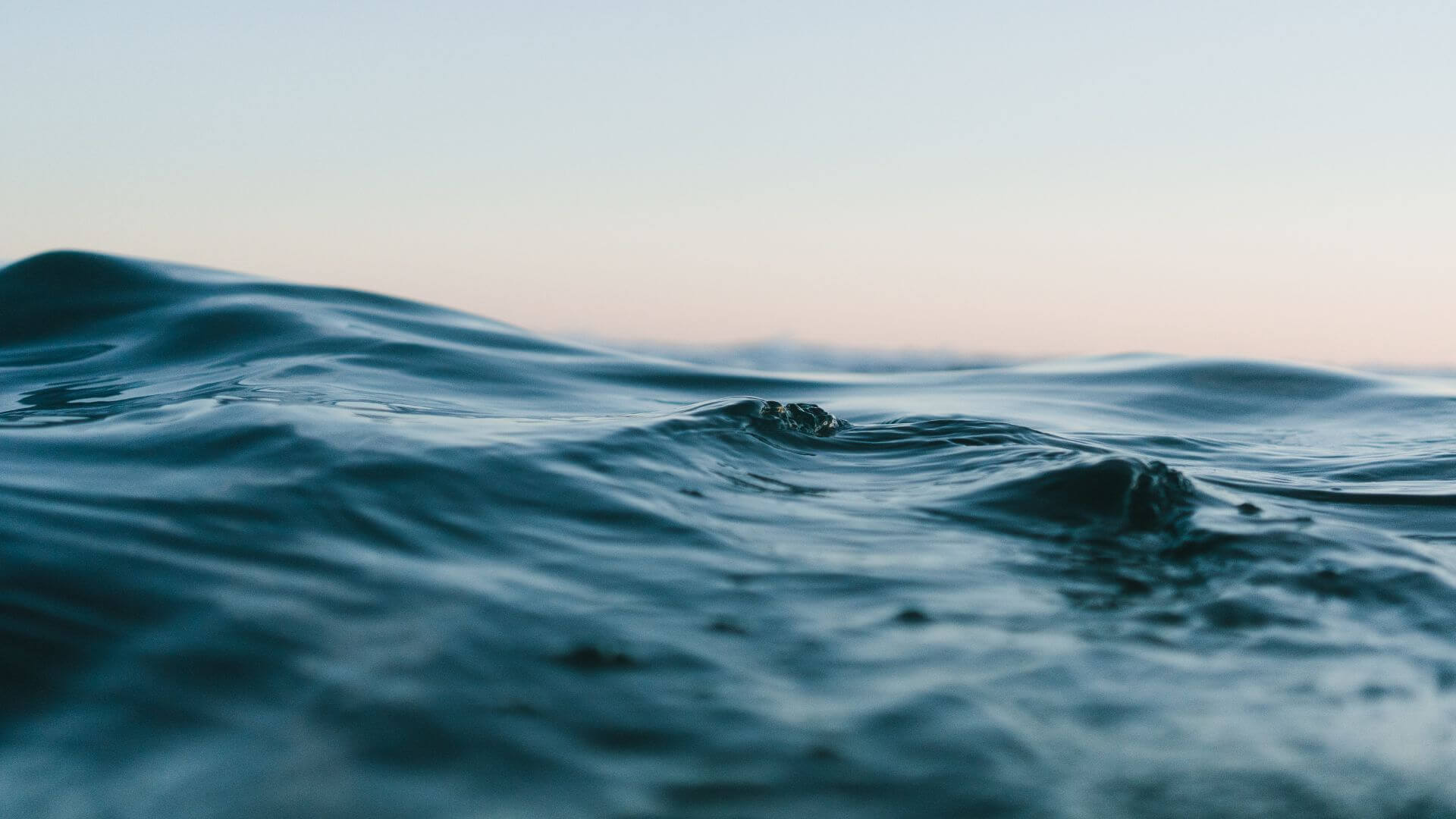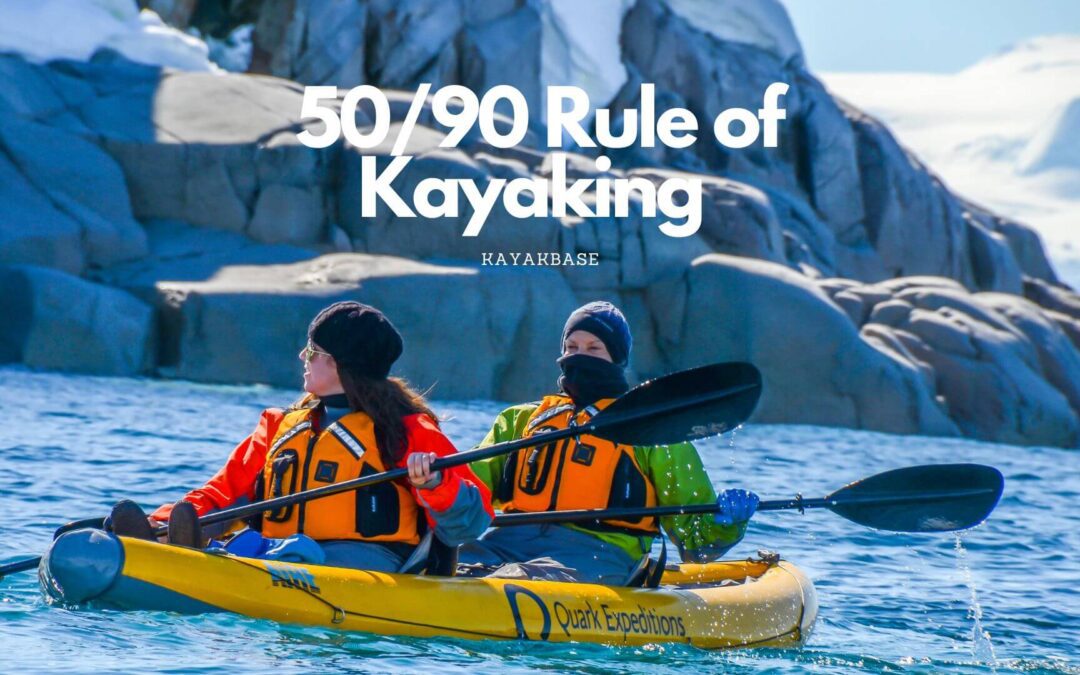Last Updated on October 20, 2024 by Afsar
Kayaking is a thrilling and immersive way to explore the natural world, offering a unique perspective on rivers, lakes, and oceans. However, with the excitement of kayaking comes the responsibility of ensuring your safety. One of the key concepts that experienced paddlers often refer to is the “50/90 Rule.” This rule, while simple in its formulation, has profound implications for anyone who takes to the water in a kayak. Understanding the 50/90 Rule can help you better prepare for your kayaking adventures and make informed decisions while on the water.
What Is the 50/90 Rule?
The 50/90 Rule is a guideline that suggests if you capsize in water that is 50°F (10°C) or colder, you have a 50% chance of surviving for more than 90 minutes if you are not wearing proper thermal protection. This rule highlights the dangers of cold water immersion, which can lead to hypothermia, a life-threatening condition that occurs when your body loses heat faster than it can produce it.

Breakdown of the Rule:
- 50°F Water Temperature: This temperature is considered dangerously cold. Even though it might not seem frigid, water conducts heat away from the body much faster than air. As a result, cold water can lower your body temperature significantly in a short amount of time.
- 50% Chance of Survival: Without proper gear, such as a wetsuit or drysuit, the chances of surviving longer than 90 minutes after immersion in 50°F water are significantly reduced.
- 90 Minutes: This is the critical time window where your body’s core temperature may drop to a level that leads to unconsciousness or death, particularly if you’re not equipped to handle cold water exposure.
The Science Behind Cold Water Immersion
Cold water immersion can have immediate and severe effects on the human body. Here’s how it unfolds:
- Cold Shock Response: When you first fall into cold water, your body experiences cold shock, which can trigger an involuntary gasping reflex. If your head goes underwater during this period, you might unintentionally inhale water, leading to drowning. The heart rate and blood pressure also increase during cold shock, potentially leading to cardiac arrest in vulnerable individuals.
- Short-Term Swim Failure: Within a few minutes of immersion, cold water significantly decreases muscle and nerve function. The ability to swim or control limbs can be compromised, and simple tasks like grasping a paddle or pulling yourself back into your kayak can become nearly impossible.
- Hypothermia: Prolonged exposure to cold water leads to hypothermia, where the core body temperature drops below the necessary levels for normal physiological function. Hypothermia causes confusion, loss of coordination, and eventually unconsciousness if not treated.
- Post-Rescue Collapse: Even if a person is rescued, the shock to the body from cold exposure can lead to collapse or death due to heart failure or respiratory issues. This emphasizes the importance of early rescue and maintaining body temperature.
How the 50/90 Rule Applies to Kayaking
The 50/90 Rule is particularly important for kayakers because kayaks are small, lightweight vessels often used in waters where temperature and conditions can be unpredictable. Here’s how you should interpret the rule in different kayaking scenarios:
- Cold Water Paddling: Many kayaking adventures take place in colder regions, especially in early spring, late fall, or at high altitudes where the water temperature can easily fall below 50°F. Kayakers should be prepared for the worst-case scenario of capsizing in these conditions. Wearing appropriate cold-water gear such as a wetsuit or drysuit, thermal layers, and personal flotation devices (PFDs) can dramatically improve your survival chances if you enter cold water.
- Paddling in Remote Areas: In remote or isolated areas, rescue may not be immediate, meaning the 50/90 Rule becomes even more critical. A self-rescue or group-assisted rescue may take time, and staying afloat and functional in cold water can be a matter of life and death. Always plan your trips with the understanding that immersion could happen, and factor in how far you are from shore or assistance.
- Sudden Weather Changes: While the 50/90 Rule highlights water temperature, it is important to remember that air temperature and weather conditions also play a significant role in how cold a kayaker might get. A seemingly warm day can turn dangerous if the wind shifts, the sun sets, or a storm moves in. Cold water doesn’t always come with cold weather; the water might be far colder than the air, making you more susceptible to the dangers of immersion.
- Casual vs. Advanced Paddlers: The 50/90 Rule is often overlooked by casual kayakers who paddle in familiar or seemingly safe environments. However, even short paddling trips can expose you to the risk of cold-water immersion, especially if you are on large lakes, fast rivers, or open ocean waters. For advanced paddlers, the rule acts as a sobering reminder that even the best skills won’t prevent accidents, and preparation is key.
Mitigating the Risks: Proper Gear and Preparation
The 50/90 Rule underscores the importance of preparation and the right equipment when kayaking in cold water conditions. Here are some essential tips to help you mitigate the risks:
1. Wear Appropriate Thermal Protection
- Wetsuits: These are suitable for moderately cold conditions. They trap a thin layer of water against your skin, which your body heats up, providing insulation.
- Drysuits: For colder conditions, a drysuit is more effective. It keeps you completely dry and allows you to layer insulating clothing underneath.
2. Understand the Water Temperature
- Always check the water temperature before heading out. Remember that air temperature can be deceiving—water can be much colder and pose a greater risk.
3. Plan for Emergencies
- Float Plan: Share your itinerary with someone who is not kayaking with you. Include your expected return time and the route you plan to take.
- Emergency Gear: Carry a personal locator beacon (PLB), a whistle, and a waterproof VHF radio. These tools can be lifesavers if you find yourself in an emergency situation.
4. Practice Cold Water Techniques
- Familiarize yourself with self-rescue techniques and practice them regularly. Knowing how to re-enter your kayak quickly and efficiently can make all the difference in cold water conditions.
The 50/90 Rule of kayaking serves as a sobering reminder of the dangers associated with cold water immersion. While kayaking can be a safe and enjoyable activity, it requires respect for the environment and proper preparation. By understanding this rule and taking the necessary precautions, you can significantly reduce the risks and enjoy your time on the water with greater confidence. Whether you’re a seasoned paddler or new to the sport, never underestimate the power of cold water and always be prepared for the unexpected.

Afsar is an avid kayak blogger born near the coast. He has a passion for kayaking and started as a child. He has paddled in various conditions and locations and promotes responsible kayaking. Afsar’s blog is widely read, and they are a respected voice in the kayaking community, offering valuable content on kayaking trips, gear, tips, and tricks. Afsar collaborates with other bloggers and brands and continues to inspire others through their writing and social media.

